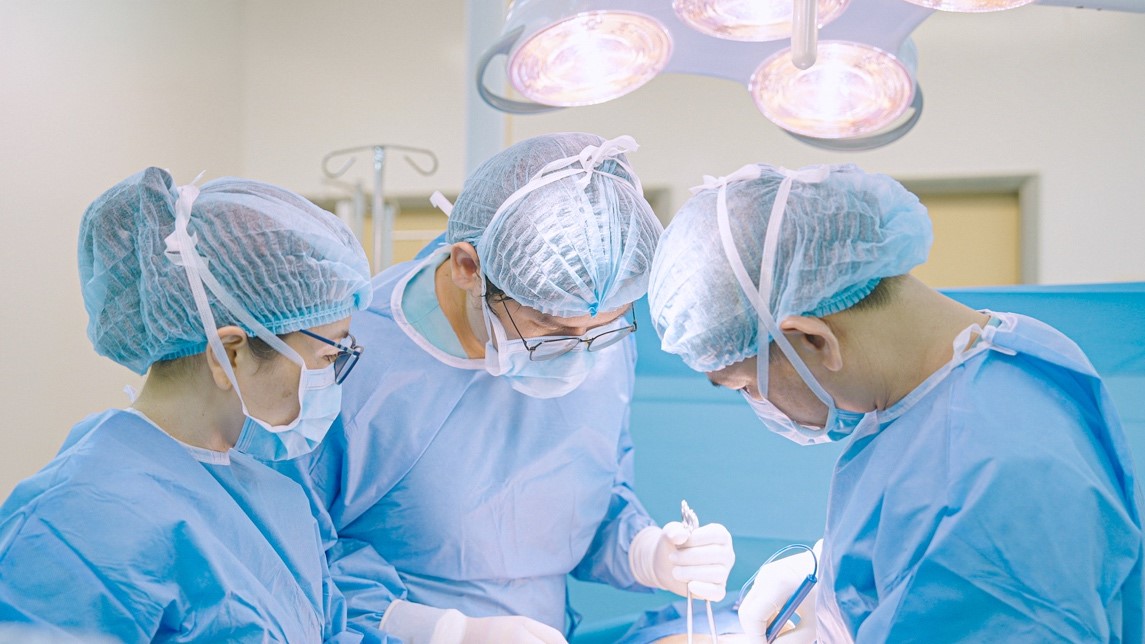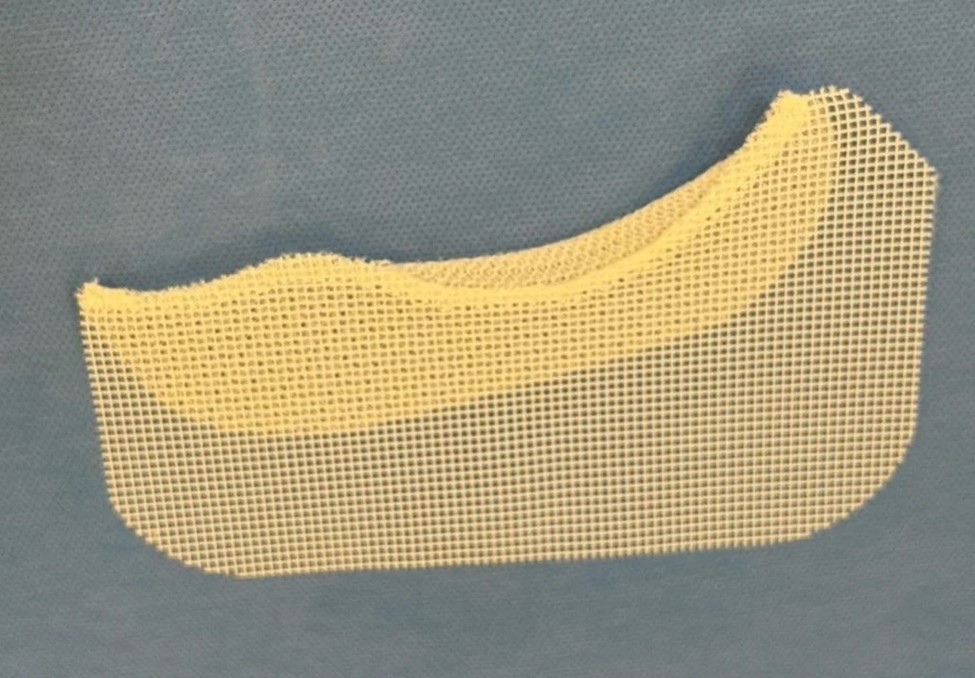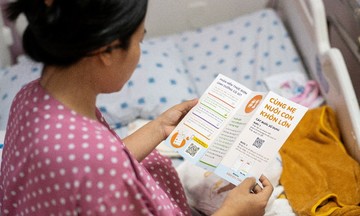Over three months ago, 35-year-old Thanh Trang was admitted to Hanh Phuc International General Hospital in Ho Chi Minh City with a ruptured uterus along a previous c-section scar. The fetus had herniated through the rupture, and the prognosis was extremely poor. Standard medical procedure dictated that terminating the pregnancy to save the mother was the safest option.
"The risk of uterine rupture and massive hemorrhage could have occurred at any moment. The fetus was only 20 weeks old; if delivered, its chances of survival would be slim," recalled Dr. Nguyen Thi Tuyet Anh, Head of Obstetrics and Gynecology.
Instead of terminating the pregnancy, the hospital initiated a "Code Green" emergency, mobilizing a multi-disciplinary consultation. The medical board, comprised of specialists in obstetrics and gynecology, neonatal intensive care (NICU), and related fields, convened urgently and decided to perform surgery to save the fetus.
"This decision was based on scientific evidence, careful calculations, and faith in the team's capabilities. Although we knew it was a difficult case, we wanted to try our best," Dr. Tuyet Anh shared.
 |
The baby was safely delivered via c-section at 34 weeks at Hanh Phuc International General Hospital. Photo: HM |
The baby was safely delivered via c-section at 34 weeks at Hanh Phuc International General Hospital. Photo: HM
The surgery was planned in three stages. First, the team repositioned the herniated fetus back into the uterus. This required extreme care and precision to protect the amniotic sac and the fetus. Next, the doctors repaired the rupture using a complex multi-layer suturing technique to restore the uterine wall and reinforce it to withstand the pressure of the growing fetus.
The biggest challenge was ensuring the sutures held throughout the pregnancy. For the first time at Hanh Phuc International General Hospital, doctors decided to use a 3D biomesh (a non-absorbable polyethylene inguinal hernia mesh) within the pregnant uterus—a complex technique requiring perfect coordination and millimeter precision.
 |
The 3D biomesh used to reinforce the uterine wall. Photo: HM |
The 3D biomesh used to reinforce the uterine wall. Photo: HM
Dr. Tran Duc Tuan, Deputy Head of Obstetrics, explained that the 3D biomesh was chosen for its high biocompatibility, allowing for immediate implantation without fear of complications. "The 3D biomesh serves a dual purpose: providing immediate support and acting as a scaffold to stimulate the growth of the body's connective tissue cells, creating a strong, self-sustaining reinforcement over time," Dr. Tuan stated.
The application of 3D mesh reinforcement made the pregnancy-preserving surgery successful. The fetus was returned to the uterus, and the rupture was repaired and reinforced.
Following the surgery, Trang received specialized care and monitoring. The Obstetrics, Nutrition, and nursing teams rigorously monitored her health, fetal development, and the integrity of the uterine patch.
Initially, the doctors aimed to extend the pregnancy by 6-8 weeks. Thanks to the multi-disciplinary care and the mother's resilience, the pregnancy reached 34 weeks—a crucial milestone for the baby's health and survival, minimizing the risks of premature birth.
Recognizing this as the optimal time for both mother and baby, the medical board decided on a planned c-section. This presented another surgical challenge, as the team had to operate on a previously ruptured uterus reinforced with a 3D mesh, requiring delicate precision.
 |
The medical team who performed the surgery and provided postpartum care for mother and baby at Hanh Phuc International General Hospital (from right to left): Dr. Tran Duc Tuan, Deputy Head of Obstetrics and Gynecology; Dr. Nguyen Thi Tuyet Anh, Head of Obstetrics and Gynecology; Dr. Ho Thi Hoang Anh, Obstetrician-Gynecologist; and Dr. Nguyen Thi Thien An, Head of NICU. Photo: HM |
The medical team who performed the surgery and provided postpartum care for mother and baby at Hanh Phuc International General Hospital (from right to left): Dr. Tran Duc Tuan, Deputy Head of Obstetrics and Gynecology; Dr. Nguyen Thi Tuyet Anh, Head of Obstetrics and Gynecology; Dr. Ho Thi Hoang Anh, Obstetrician-Gynecologist; and Dr. Nguyen Thi Thien An, Head of NICU. Photo: HM
The c-section involved a coordinated effort between the Obstetrics, Anesthesia and Resuscitation, and NICU teams present in the operating room. When the baby cried for the first time, the room erupted in joy. The NICU team immediately took over, warming the baby, checking its breathing and reflexes, and transferring it to the NICU.
After one week, the baby was breastfeeding, breathing independently, recovering well, and showing no signs of neurological damage. From being on the brink of survival, the baby was ready to go home with its family.
A representative of Hanh Phuc International General Hospital shared that the successful surgery not only saved the mother and child in a seemingly hopeless situation but also marked a new advancement in Vietnamese obstetrics. According to experts, repairing a ruptured uterus with a 3D biomesh during pregnancy is extremely rare. This successful procedure offers hope for saving many babies in similar complicated cases.
• The mother's name has been changed.
Kim Anh












